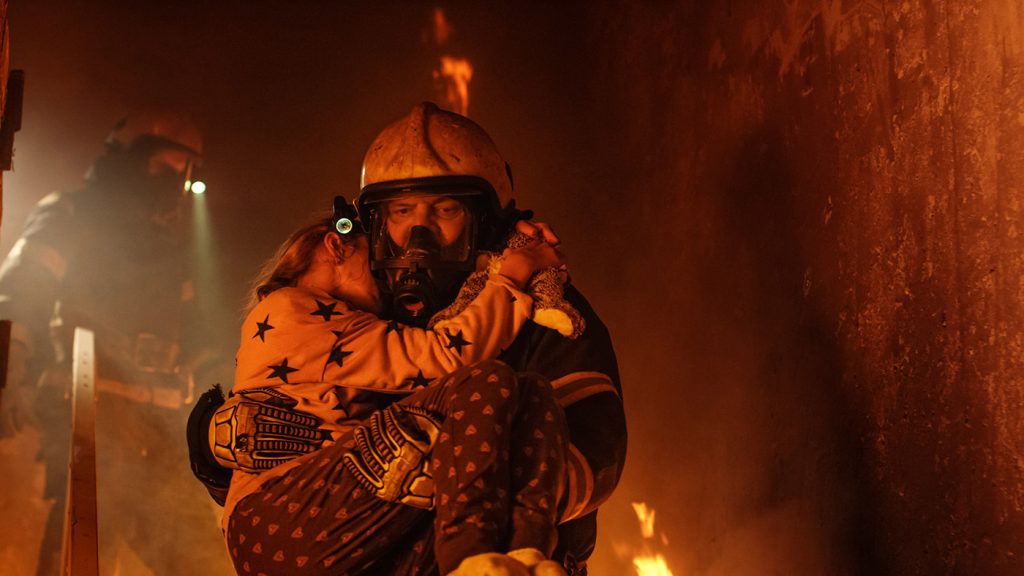
Scarring depends on the severity of the burn. Most first degree burns will hardly leave a scar, while some 2nd degree burns will leave a small one. When you get into 3rd degree burns and beyond, you can be sure that there will be scarring, the degree of scarring will depend on just how deep the burn went.
Types of Burn Scars
There are two main types of scars as follows:
- Keloid scars. These tend to be raised and also discolored. They develop on some burn victims during the healing process. They tend to make the skin tight, which makes movement difficult. Treating keloid scars can include the use of silicone sheets, laser technology, steroids and surgery. If the keloids are small, cryotherapy is implemented and if detected early, pressure treatments are used. The types of scars are more noticeable in people with dark skin or those who have tanned either naturally or on tanning beds.
- Contracture scars. These are also keloid scars but a more serious form. They can limit movement because they tend to form from burns that have gone beyond the skin to burn the nerves and muscles. Many times, it may be necessary to reconstruct the muscles. Reconstructing nerves is still not possible.
Treating Scars
When scars begin to form, it is important to wait before they can be treated. The doctors are not able to begin repairing the skin before the healing has matured. For most people, the wait can be very frustrating since the rehabilitation can be very painful and the scars may be disfiguring. Additionally, healing takes a long time and in most cases, there are multiple surgeries and many doctors’ appointments are part of the process.
There is often a need for physical therapy to help in the recovery and patients tend to remain self-conscious of their scars during the long process of treatment. Disabilities may also arise from the burns and scars, making it difficult to use the fingers, hands and limbs in general. Senses can also be eliminated or dulled and some people may suffer from PTSD in various degrees.
Emotional and Physical Scarring in Children
A serious burn and the elongated healing process that follows are particularly traumatic to children. How a child responds to the injuries may differ depending on age and social cues. The altered appearance can distress and depress the child and affect his or her body image. It is important to make sure that the child’s self-esteem is strengthened. The child should be encouraged to participate in group activities, sports, and hobbies that they are able to participate in. This will help combat negative self-image and depression.
If you or someone you love were injured in a fire and need legal help, please contact an accident attorney today.















